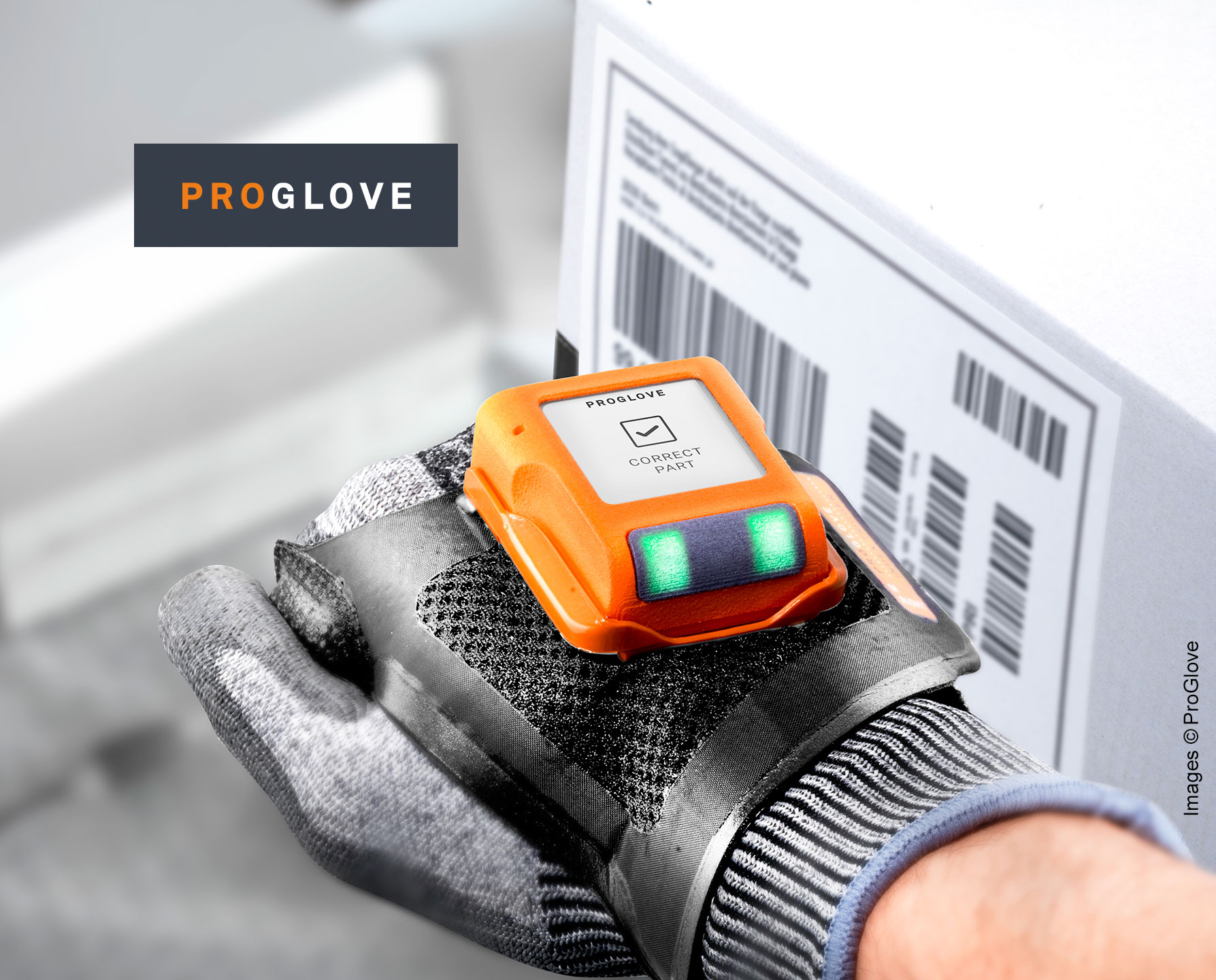Human Digital Twin: The digital
counterpart to the human worker
Wearables from ProGlove make
humans a driving force of Industry 4.0 and digital transformation
The Digital Twin is a digitized model that maps the physical characteristics of a production environment as well
as the processes. But this mapping has its limitations, as it only includes data from machines and not from
humans. At the same time, human employees will continue to play an important role in the Fourth Industrial
Revolution, also known as Industry 4.0. The challenge lies in combining the data from machines with that of the
people working in the factory and evaluating it in real time. This is precisely where the concept of the Human
Digital Twin comes in.
In the context of Industry 4.0, the buzzwords Artificial Intelligence (AI) and Digital Twin often come up. In
the smart factory model, robots are supposed to take over the role of humans in order to be able to plan
resources precisely and reduce failures and errors. This full automation is neither possible today nor in the
near future—because it won't work without humans. Even technology pioneers like Amazon's Scott Anderson see it
that way. In his view, technology is still at least 10 years away from being able to fully automate a single
order picked by a worker in the warehouse [1].
Humans will remain crucial in Industry 4.0
The effects of the COVID-19 crisis in particular show that humans are indispensable. Logistics and supply chains
need a person’s dexterity, spontaneity and ability to work directly with others. These are the skills that
distinguish humans from robots. Evidence of this is provided, for example, by U.S. retail giant Walmart, which
ended its collaboration with a robotics company during the crisis after it became apparent that Walmart
employees could come up with similar results [2].
Technologies like AI, however, can create freedoms that promise a critical advantage for the role of humans. By
taking the pressure off, a person has the opportunity to evolve. For humans and machines to work together
without complications, preconditions must be put in place to communicate with each other and protect the worker.
Wearables create the basis for the Human Digital Twin
The goal is to support people with technology and enable them to concentrate on core tasks. In order for this to
succeed and for humans to be integrated into Industry 4.0, they need the appropriate equipment.

Human Digital Twin in the context of Industry 4.0
Wearables such as the smart glove scanners from ProGlove connect humans with the Internet of Things
(IoT) and thus represent the interface for human-machine collaboration


